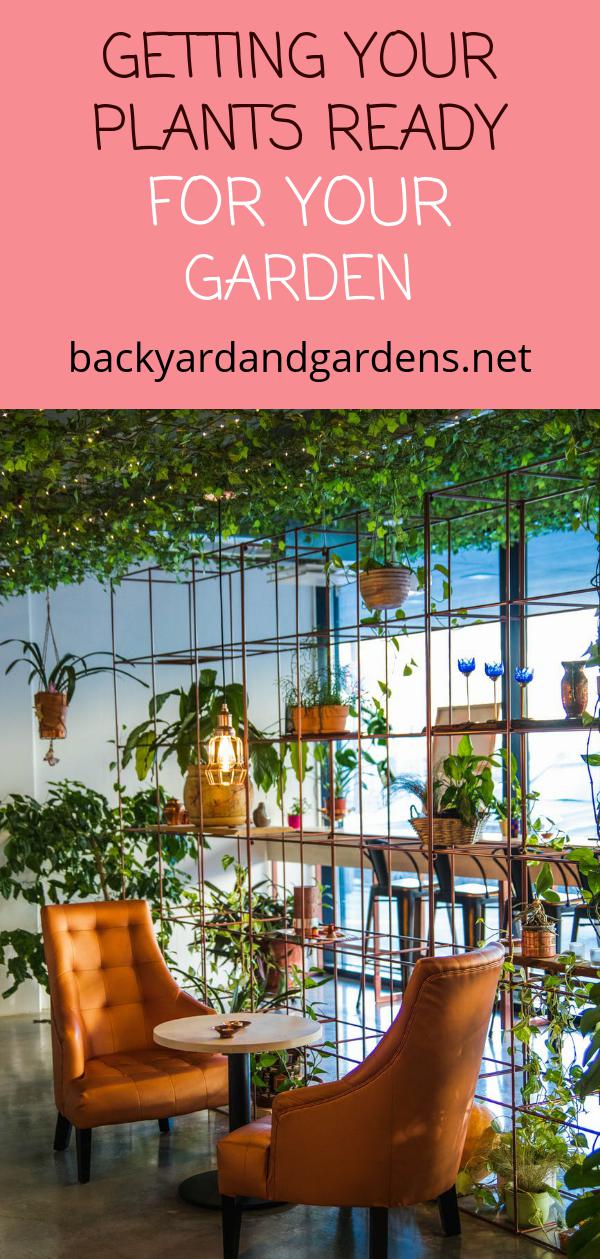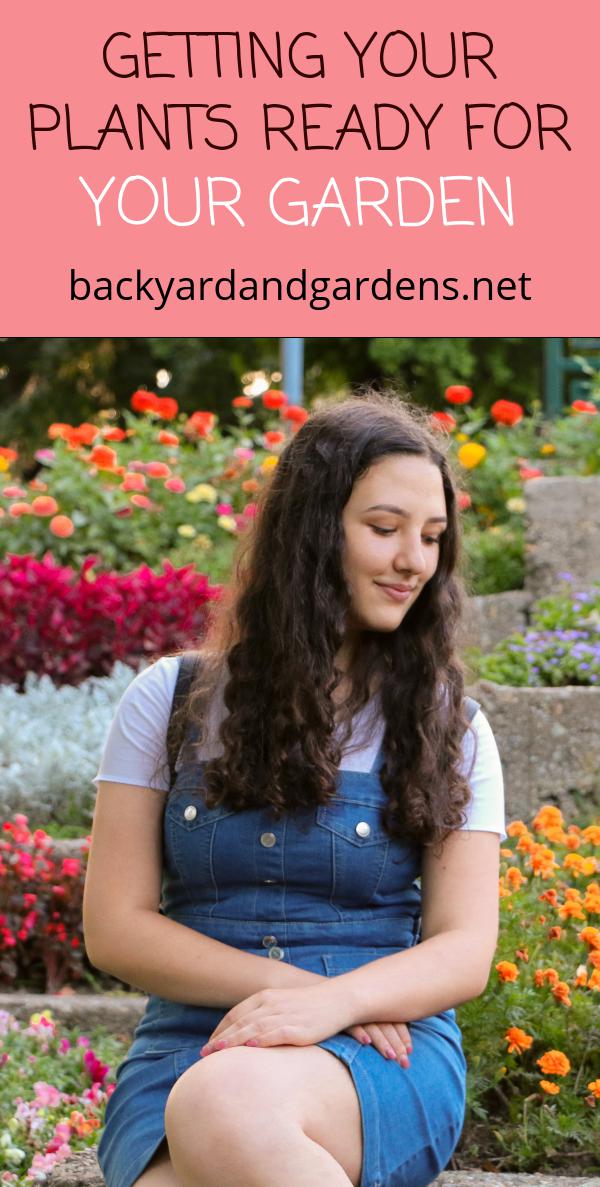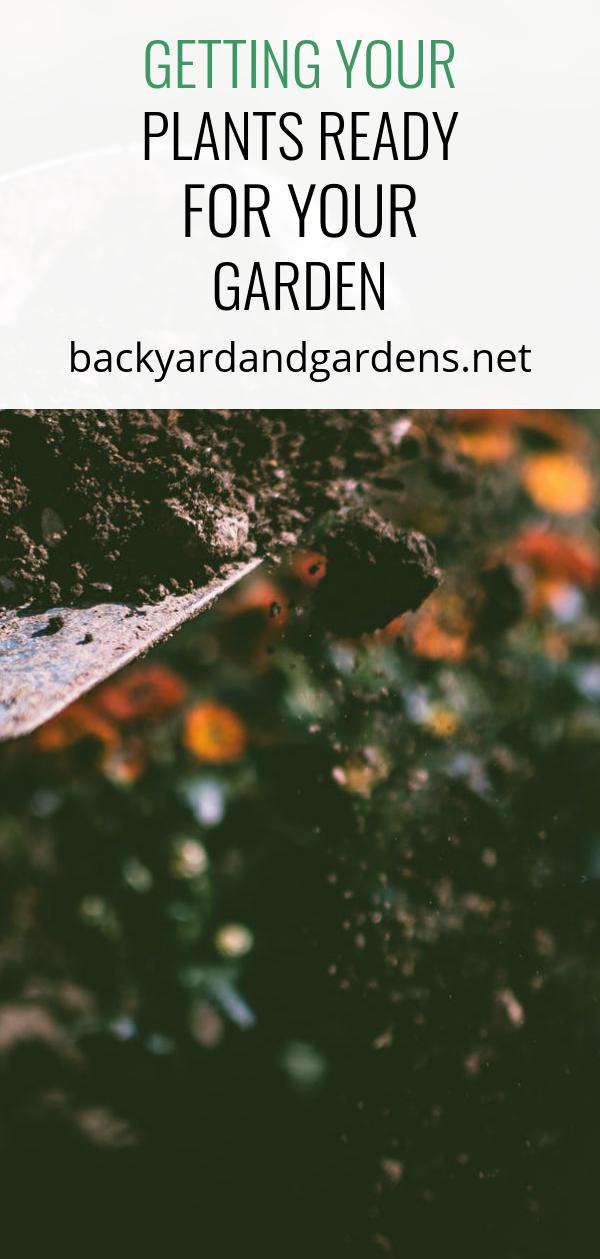Getting Your Plants Ready for Your Garden
For many growers, gardening is the act of planting, but it can also be a science. Many gardeners are familiar with planting in pots, but there are other ways to get your plant ready for the garden. For example, some plants need moisture and others need sun.
Before planting anything into the ground, it is important to remember that it is better to buy plants that are already established in the garden. Buy a plant that has roots deep enough for planting. It is easier to dig up a plant than it is to bury a layer of gravel to hold it down.

When planting, use organic materials to help establish the plant in the soil. Pansy (Pansytera pisifera) is a quick-growing hardy plant. It will not need much attention once established in the garden but will need help with watering and tending.
Pots are necessary when planting in the ground, but it is best to buy only what you will be using for the first year or two, or until the proper type of plant has been established. Tending is essential as well. Plants need tending to stop them from becoming damaged by insects, but they also need food and water.
To establish the plant, it needs a light source and water. The plants need moisture in the soil for them to survive, but some plants need sun to grow. In general, sunlight and water are both necessary for plant survival.
Some plants are difficult to establish such as young plants that have been hurt by insects. There are plants such as Sunflowers (Hesperoides ssp.) and Daffodils (Viburnum maritimum) that can be tough to establish.
What should be planted first when planting is determined by what the soil is like. If the soil is wet and compacted, then plants should be planted in soil that has a lot of air in it. If the soil is dry and sandy, then plants should be planted in clay or rocky soil. After making sure the soil is right, dig a hole about six inches deep and one foot wide.
Put soil and sand in the hole and fill it about one-third of the way up with soil. There is nothing more boring than digging your way to the top of a hill and finding that you can’t go any further up because the soil is too hard to work with. So take your time and make sure you get the soil settled down completely in the hole.
Plant the soil down into the hole, spreading it out evenly around the hole. The soil should feel slightly damp, so moisten the soil down inside the hole. Fill the hole with the plant.

With the soil in the hole, it is now time to plant your pots. Take the plant you have selected and wrap it in about one inch of soil. Trim the plant to fit the pot.
Plant your pot in the ground about one-third of the way. Apply fertilizer to the pot and plant.
